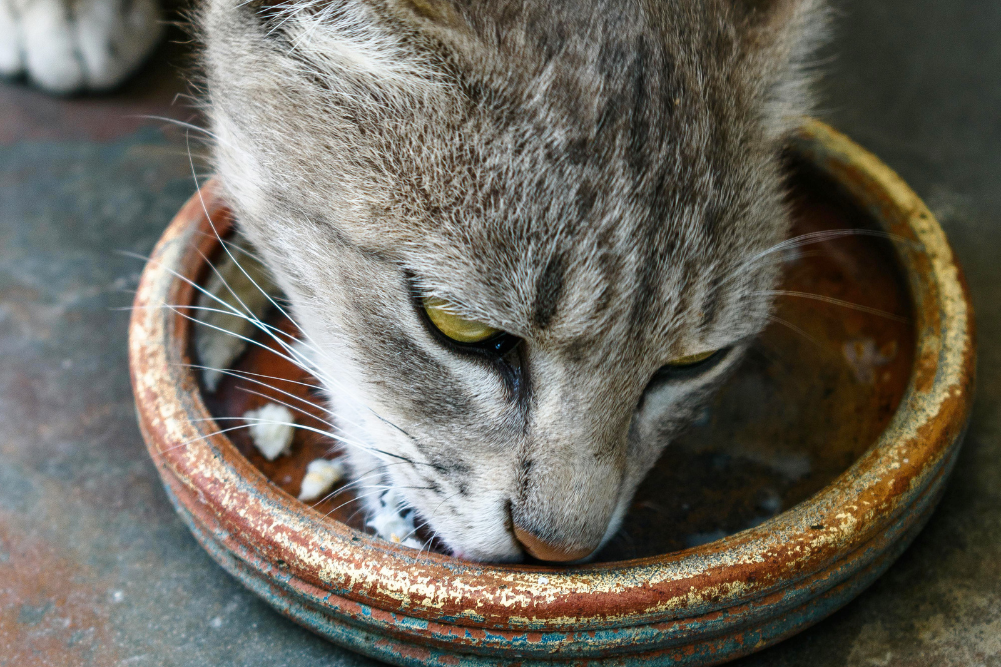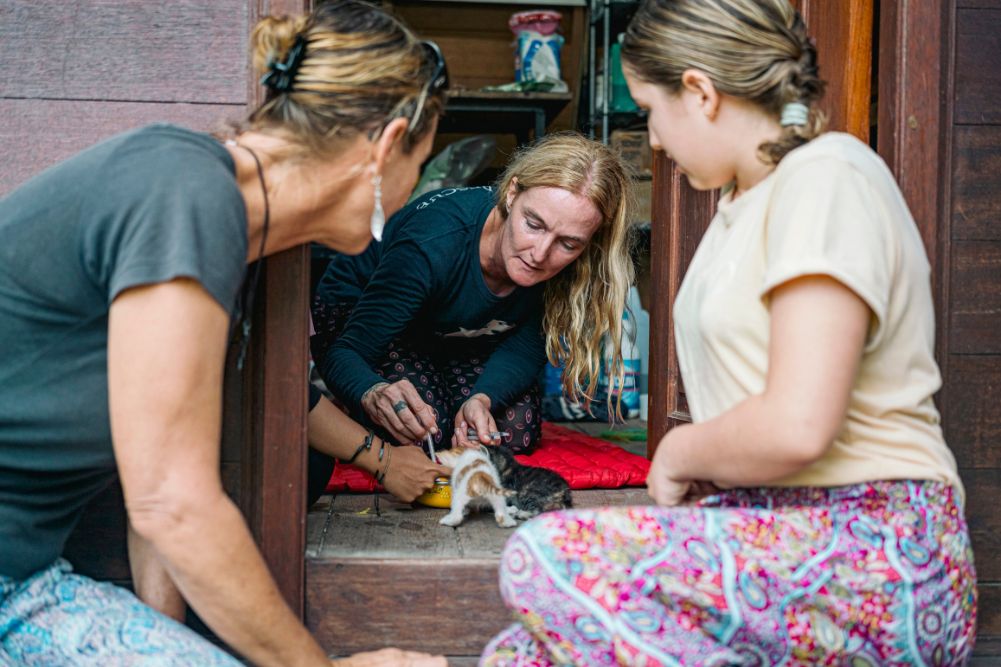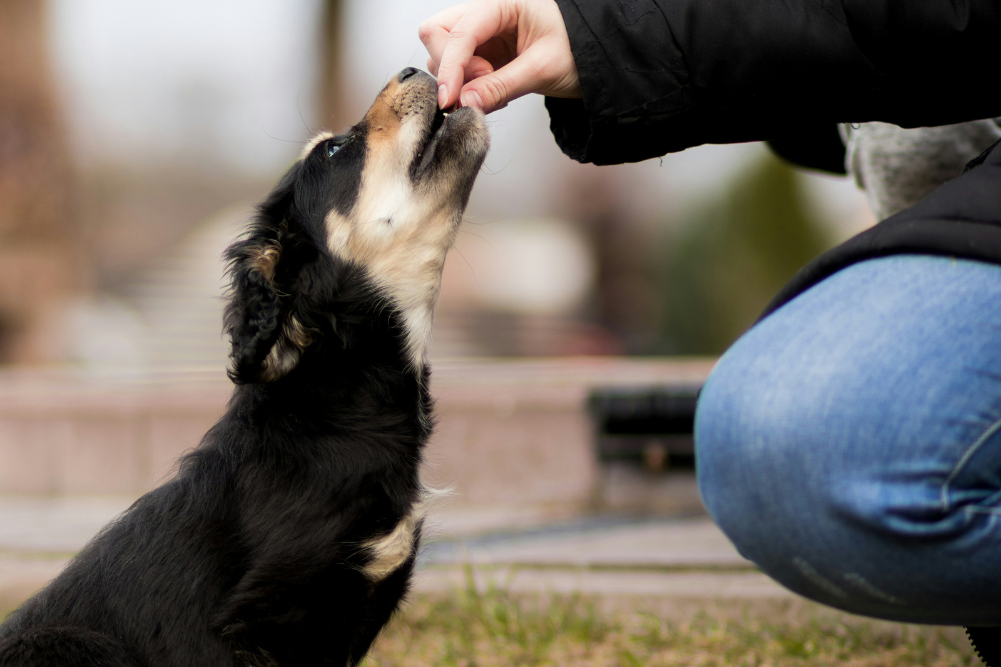Natural ways to counter antibiotic resistance in pets
One reason I started Natural Veterinary Medicine was my concern about antibiotic resistance. I had a patient with a skin infection, which resolved after a course of antibiotics. When the infection recurred, I prescribed the same course again. Each time, the infection was more difficult to treat and required longer courses of medication.
After the third prescription the infection did not improve. Tests showed that we had a resistant infection and a longer course of much stronger antibiotics was required.
Antimicrobial resistance to antibiotics is on the rise in human and veterinary medicine. The development of resistance is a result of a natural process: the adaptation of microorganisms to changing conditions in order to survive. This has consequences both for our patents and the illness we are attempting to treat — and for society as a whole.
According to the World Health Organization, many infections acquired in hospitals are caused by highly resistant bacteria: eg methicillin-resistant Staphylococcus aureus. More than 7000 Australians a year, or 20 every day, die from drug-resistant bacteria (Medicines Australia).
There are strategies to try to slow down resistance. In veterinary practice, we are taught to use antibiotics with the narrowest spectrum and to use those which are active against the microorganisms involved in the disease. In an ideal world, we would culture the infection and await the results of sensitivity testing before making our selection.
In reality, there are financial and emotional pressures which mean we, as vets, may tend to choose an antibiotic with a broad spectrum of activity, which will likely settle the infection quickly and avoid the expense of laboratory tests.
However, as I found with the skin infection I mentioned earlier, this quick, easy approach does not guarantee faster healing nor less expense. Consequences can be further reaching. Resistant bacteria can be transmitted by direct contact between pets and owners. This spread may also occur via the food chain, where there is extensive antibiotic use to promote growth in food-producing animals.
What are the alternatives?
The first alternative is to use antibiotics only for infections known to be caused by bacteria. Some common illnesses in veterinary medicine — eg upper respiratory infection in dogs, feline lower-urinary-tract infection, pancreatic disease — are not usually caused by bacterial infection. For these illnesses, antibiotic use will not speed recovery.
Alternative strategies for cats with cystitis include diluting urine by adding water to food and avoiding dry food; reducing anxiety; and, if struvite crystals are associated with the inflammation, using a red-meat-based diet to acidify urine. If tests show there is a bacterial infection, culture and sensitivity testing is used to determine the most appropriate antibiotic with the narrowest spectrum of activity.
Even when an infection is caused by bacteria, we may still be able to treat without resorting to antibiotics if we select the correct patients. Natural therapies can work with the body’s own healing. Dogs and cats on an excellent diet and generally well and in good condition may respond to a more natural approach to healing (for non-serious infections only).
Not all pets on good diets are candidates for natural healing of bacterial infections. Those that have recurring skin allergies, gut signs, are over- or underweight, have poor dental health or lack energy may also have compromised immunity. These patients may need antibiotics to eradicate infections. On the other hand, antibiotics can contribute to dysbiosis and worsen immune stress.
Animals undergoing chemotherapy or those with parasitic infections (worms, Demodex mites, extensive flea infestations), the very old or young, or those suffering from other chronic illness are likely to be depleted and may need antibiotics.
So for those pets with good immunity, can herbs help treat bacterial or other microbial infections?
Herbal options
Fennel can be used as an antimicrobial in acute and chronic upper respiratory infections in dogs. It is also an expectorant. Cranberry is a urinary antiseptic and specifically reduces the adhesion of E. coli to the bladder wall. Calendula has antimicrobial and antifungal effects and can be used topically in a cream to treat bacterial infections of the skin.
Herbs can support and enhance the immune system. This is important both in acute infection and in recovery from disease. Echinacea is immune enhancing and has a role in prevention of infection, shortening the duration of acute infection and in recovery from chronic disease. Withania is an adaptogen and a tonic herb and can be used in acute infection. Astragalus is also a tonic and adaptogen, more suited to treating debilitated patients with chronic illness. Herbs can support the body systems affected by the infection. Marshmallow is a demulcent and emollient herb. It coats and protects the mucus membranes to reduce inflammation in upper respiratory infection, gastrointestinal infection or cystitis.
Herbs can help reduce symptoms of the infection. As mentioned above, fennel can help rid phlegm and congestion. Corn silk is a gentle diuretic and demulcent which can ease the increased urination and discomfort from urinary tract inflammation. Crataeva is a bladder tonic which can improve bladder emptying.
Selected carefully, herbs are much less likely than antibiotics to cause side-effects if herbs are prescribed with the energetics and needs of the individual patient in mind. Herbs can also treat the underlying cause of the infection. They can also tonify organ systems which may be depleted: eg liver, gut, kidneys, immune system or skin.
So, back to my patient: the acute skin infection. The bacterial infection itself can be treated topically with astringent tea washes and a topical calendula cream. A herbal recipe for the skin might have included echinacea (as an immune tonic, antibacterial and vulnerary), calendula (antibacterial, anti-inflammatory and vulnerary), nettle leaf (antiallergic) and burdock (depurative or alterative, to support detoxification). I would also have prescribed a diet upgrade, nourishing shampoos and conditioners and barrier creams, probiotics and antioxidants.
There are times when antibiotics are required but it’s worth discussing with your vet alternatives to antibiotics for your dog or cat.
Karen Goldrick is a holistic veterinarian at All Natural Vet Care, Russell Lea, Sydney. T: 02 9712 5844 W: www.naturalvet.com.au








